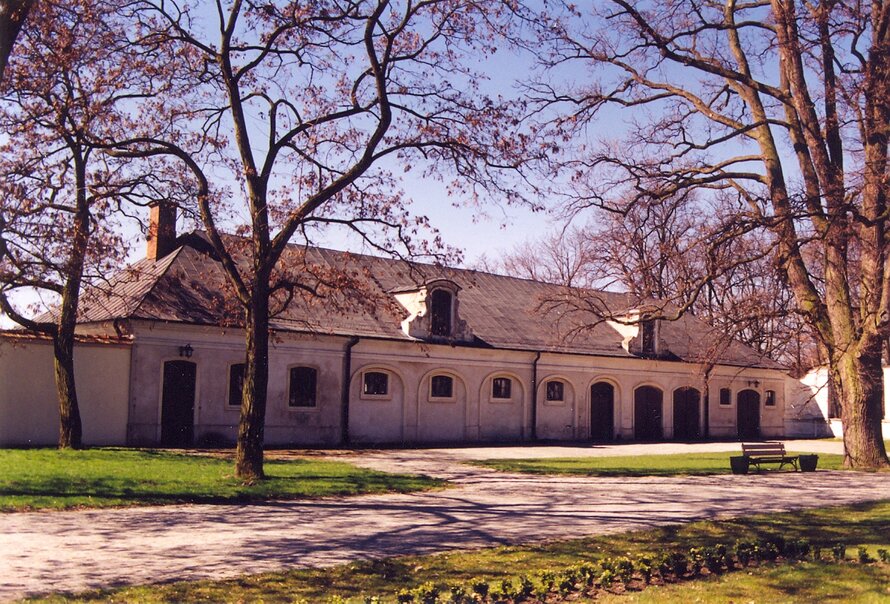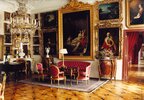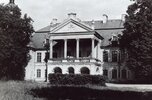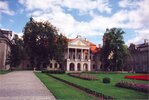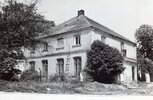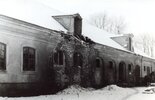Zamoyski Museum in Kozlówka
In 1799 the Zamoyski family became the owners of a baroque palace, built in Kozlówka about 60 years previously, after designs of Józef Fontana. It was one of their stately homes, and only after 1870, when Konstanty Zamoyski settled himself in Kozlówka, was the estate developed ...
Read more
Project details
| Title: | Zamoyski Museum in Kozlówka |
|---|---|
| Entr. year: | 1997 |
| Result: | Medal |
| Country: | Poland |
| Town: | Kamionka, Kozlówka |
| Category type: | architectural heritage |
| Building type/ Project type: | residential building |
| Former use: | Mansion |
| Actual use: | Museum |
| Built: | 18th century |
| Architect / Proj.leader: | Józef Fontana, Architect , a.o. M. Makarski, U. & J. Cieplinsa, Architects (Lublin - PL) |
| The Jury's citation: | For the brilliant enhancement of this unique complex of a Polish manor estate, preserving the old collection of paintings and furnishings of the Zamoyski family. |
| GPS: | 51°27'34.7"N 22°29'21.6"E |
| Web, Links: | www.muzeumzamoyskich.pl/70,whats-on |
Description:
In 1799 the Zamoyski family became the owners of a baroque palace, built in Kozlówka about 60 years previously, after designs of Józef Fontana. It was one of their stately homes, and only after 1870, when Konstanty Zamoyski settled himself in Kozlówka, was the estate developed into a real residence: the palace was reconstructed, furnished in the style of the Second Empire with an enormous collection of paintings, and new buildings were erected, such as a chapel, a theatre and annexes. In 1944 the Zamoyski family, fearing the enemy advance, left for Warsaw with their most valuable collections, which unfortunately got lost, whilst the situation in Kozlówka did not change. The palace was neither destroyed nor plundered and became a museum immediately after the war. Nevertheless since then the whole complex and its collections have slowly decayed through neglect. In 1954 it became the Central Warehouse of the Ministry of Culture and Art. The original collections were largely dispersed and many items were lost, whilst on the other hand about 1500 pieces of socialist realist art were stored there. In the 1970's the initiative was taken to re-open the Kozlówka palace to visitors. Extensive restoration works were carried out for over 15 years, not only to the palace itself, but also to the park and to its 14 annexes of which 11 were restored to their original functions. The interior of the palace was reconstructed to its appearance at the beginning of the 20th century, on the basis of photographic evidence, and a considerable part of its former collections was returned. In 1989, after the fall of communism in Poland, it was decided to house the social-realist art collection in the former 18th century coach house, converted into a gallery of totalitarian art. Today the Zamoyski Museum is one of the best preserved examples of Polish aristocratic culture of which so much evidence had been erased by World War II and the following forty years of communism.
Similar projects

18th century

End of the 18th century

18th century
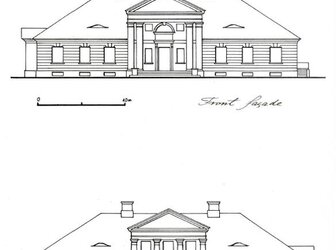
18th century

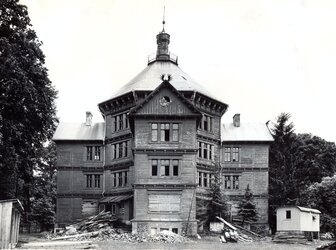
19th century
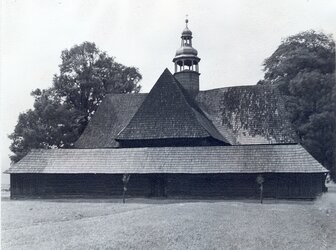
18th century
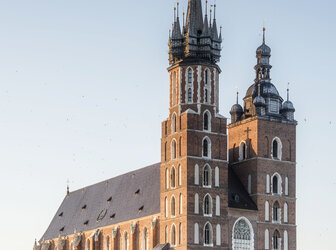
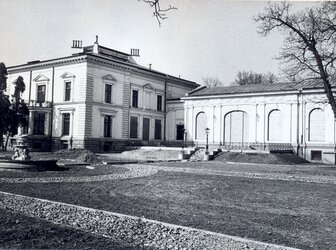
19th century
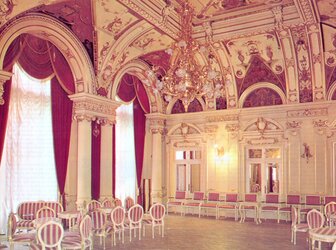
19th century
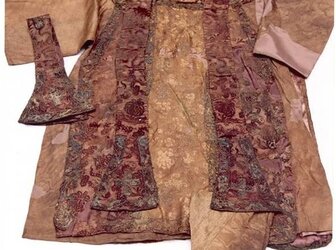
16th-18th century

17th century
